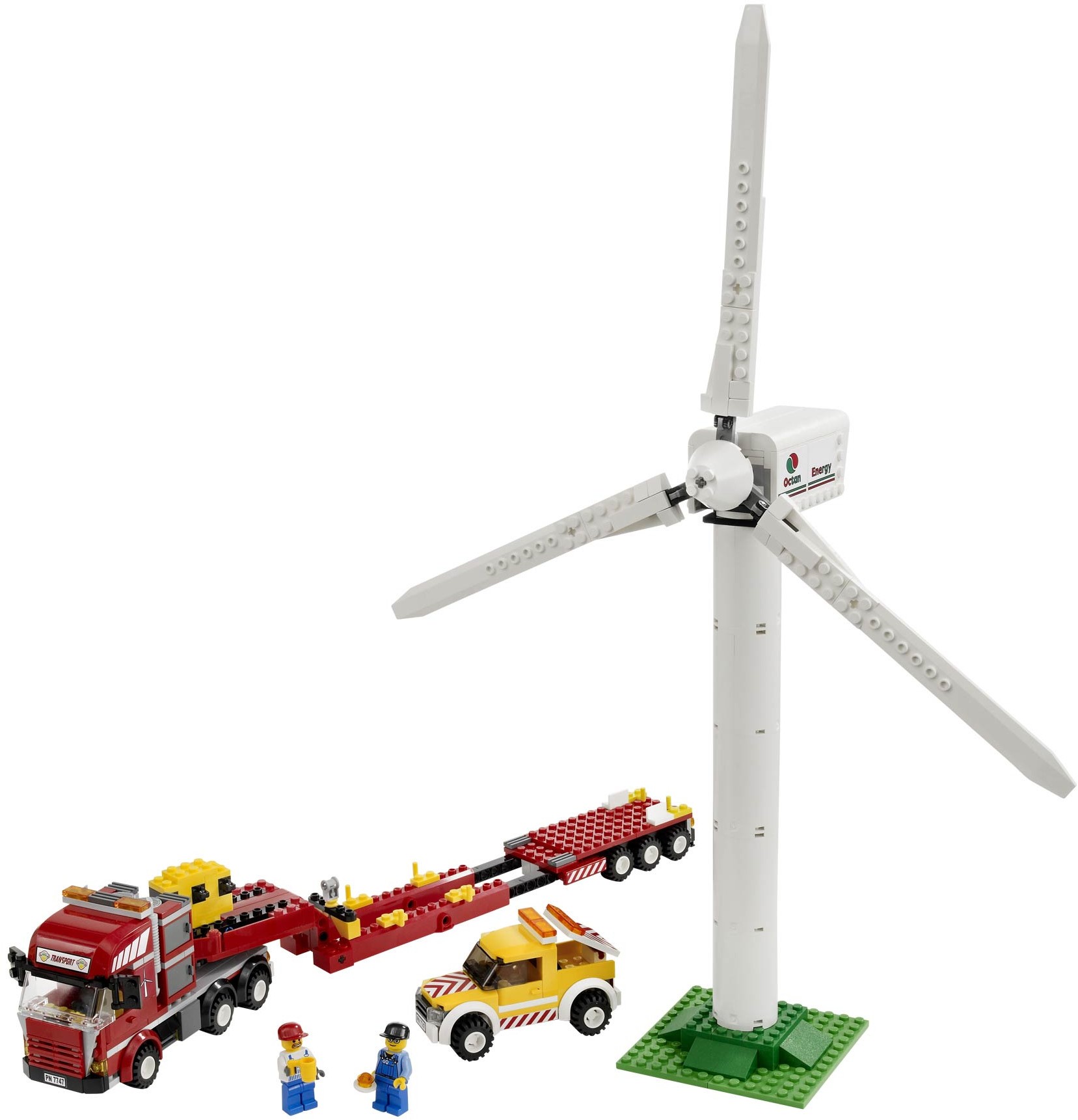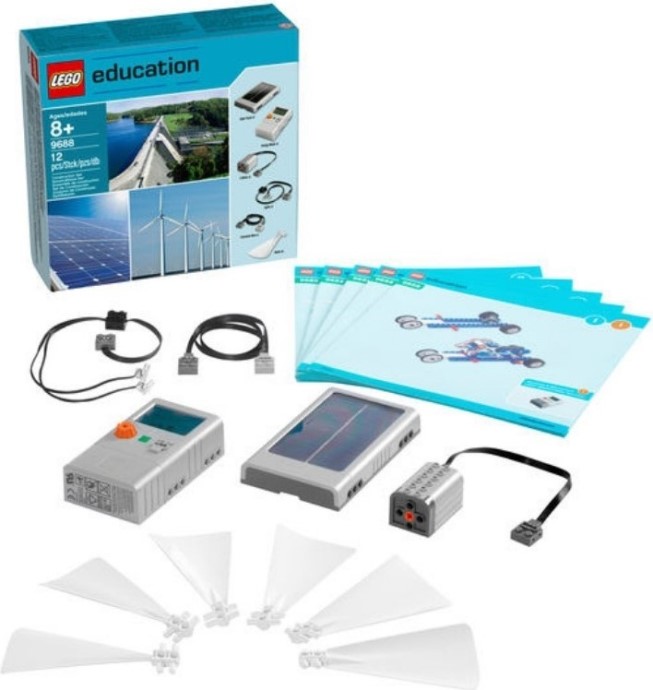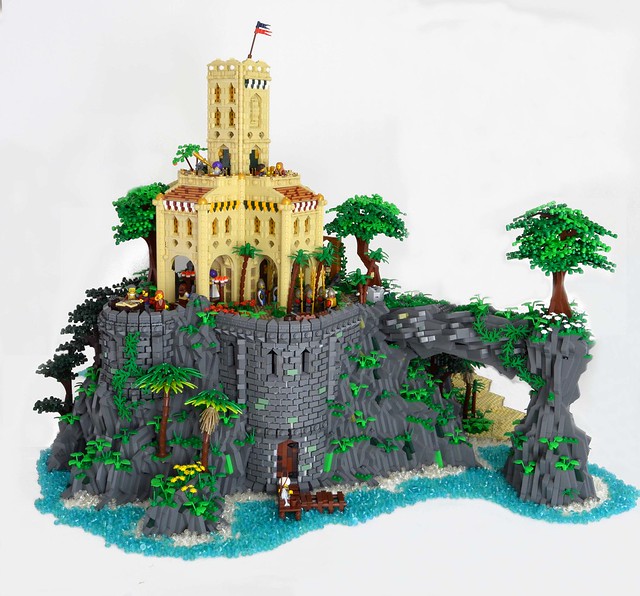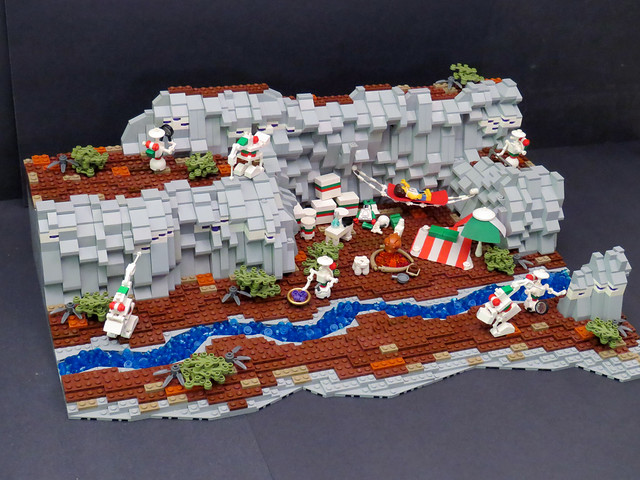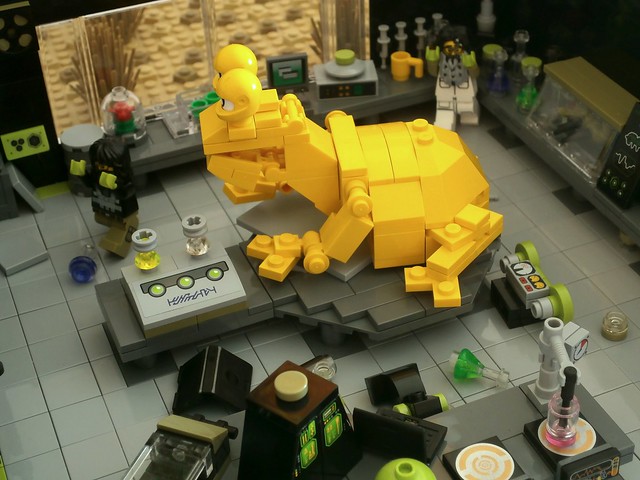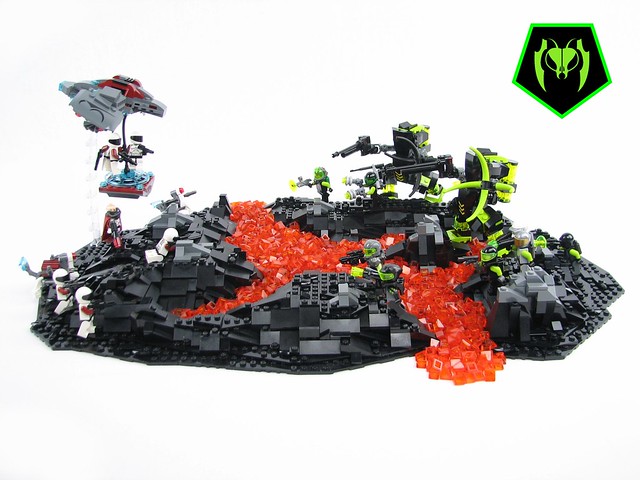However, until they find some way to make bricks out of plants, we're stuck with trusty ABS, which is derived from natural gas and crude oil. So far I've justified this to myself by saying that since the oil is coming out of the ground anyway to be used as fuel, we may as well use the parts that can't be burnt to make Lego. In fact, I'd argue there are few better uses for oil than making an educational, endlessly re-usable toy that can be (and is) handed down through generations.
But that's dodging the issue. If I'm to carry on buying Lego with a clear conscience, I really need to know just how much of an impact it's making. The best way to do that is to work out how much it contributes to my carbon footprint. To do that requires a bit of research and maths.
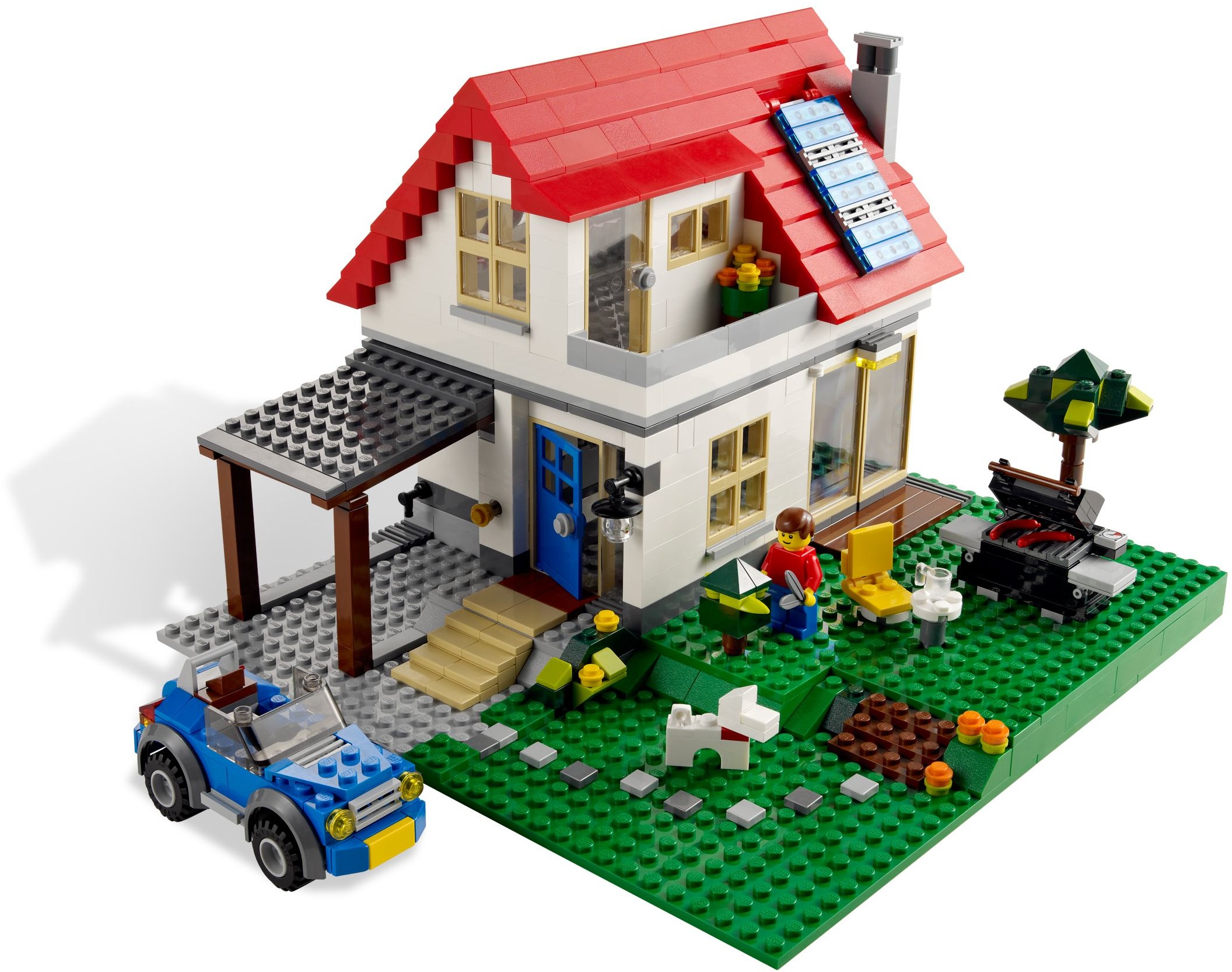 |
| 5771: Hillside House (pictured) from 2011 had solar panels, as did 8403: City House from 2010. Are there any others? |
This article gives us almost everything we need. It tells us that only 10% of Lego's carbon emissions come from its own factories, with the remaining 90% coming from the supply chain. It also tells us that if Lego could reduce the emissions of its factories by 10% it would save 10,000 tonnes of CO2 per year.
10% of 10% is 1%. And if 1% of Lego's emissions is 10,000 tonnes, then their total yearly emissions must be around 1,000,000 (one million) tonnes. I'm slightly wary of such a convenient number, but let's go with it.
So we know what Lego's footprint is, but how much of that am I responsible for? Well, in 2014 Lego produced 60 billion bricks. Using Brickset, I calculated that the sets I bought in 2014 added up to just over 15,000 bricks. With Pick-a-Brick cups and Lego I bought for other people as gifts, the number will be higher by an unknown amount, so I just called it 20,000.
20,000/60,000,000,000 = 1/3,000,000 = 0.0000333%. So I bought 0.0000333% of the bricks Lego produced in 2014. Stands to reason then that I was responsible for 0.0000333% of Lego's emissions.
0.0000333% of 1,000,000 tonnes = 1/3 of a tonne. So my Lego purchases in 2014 were responsible for around 330 Kg of CO2 emissions. What does that mean?
In his excellent book, How Bad are Bananas?, Mike Berners-Lee suggests that a personal footprint of 10 tonnes per year is a good target to aim for*. If 10 tonnes is my target, Lego is currently taking up around 3% of my allowance. That's not too bad! For comparison, Berners-Lee calculates a single person taking a trip from London to Glasgow and back in a small, efficient car would also produce 330 Kg emissions.
So it seems I can buy Lego with a fairly clear conscience. And, of course, using the bricks for building is essentially a zero-emission activity. Other activities related to the hobby will add emissions though, like the time spent on the computer interacting with the community, and emissions from travelling to LUG meetings and shows. Still, it's a relief to know I'm not destroying the planet!
As always, if you have any criticisms of my calculations please let me know in the comments.
*Though it won't be enough - we probably need to get down to less than 3 tonnes per person per year ultimately, but that's beyond the power of the individual to realistically achieve. Currently the average UK citizen has a footprint of around 15 tonnes.
